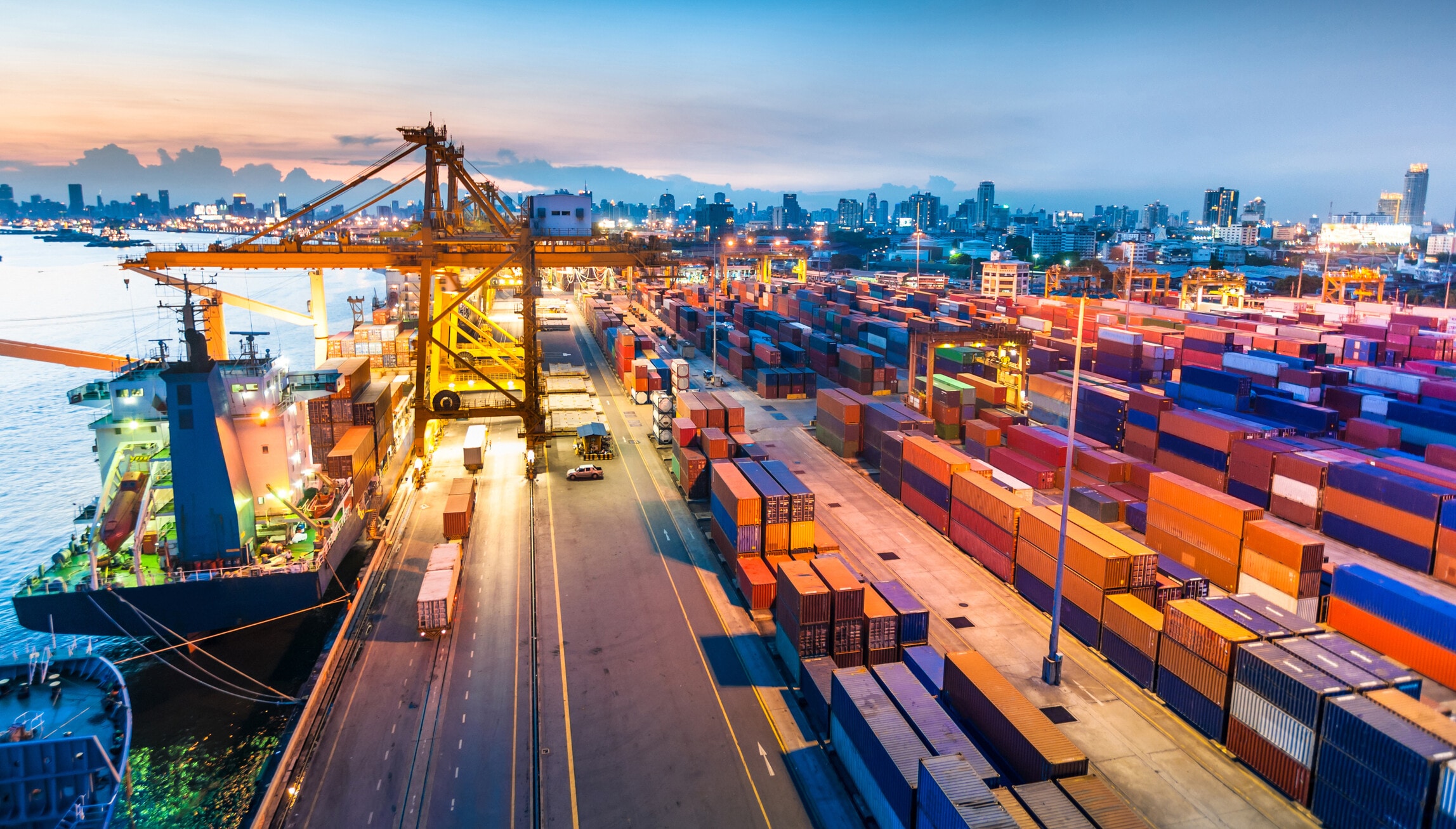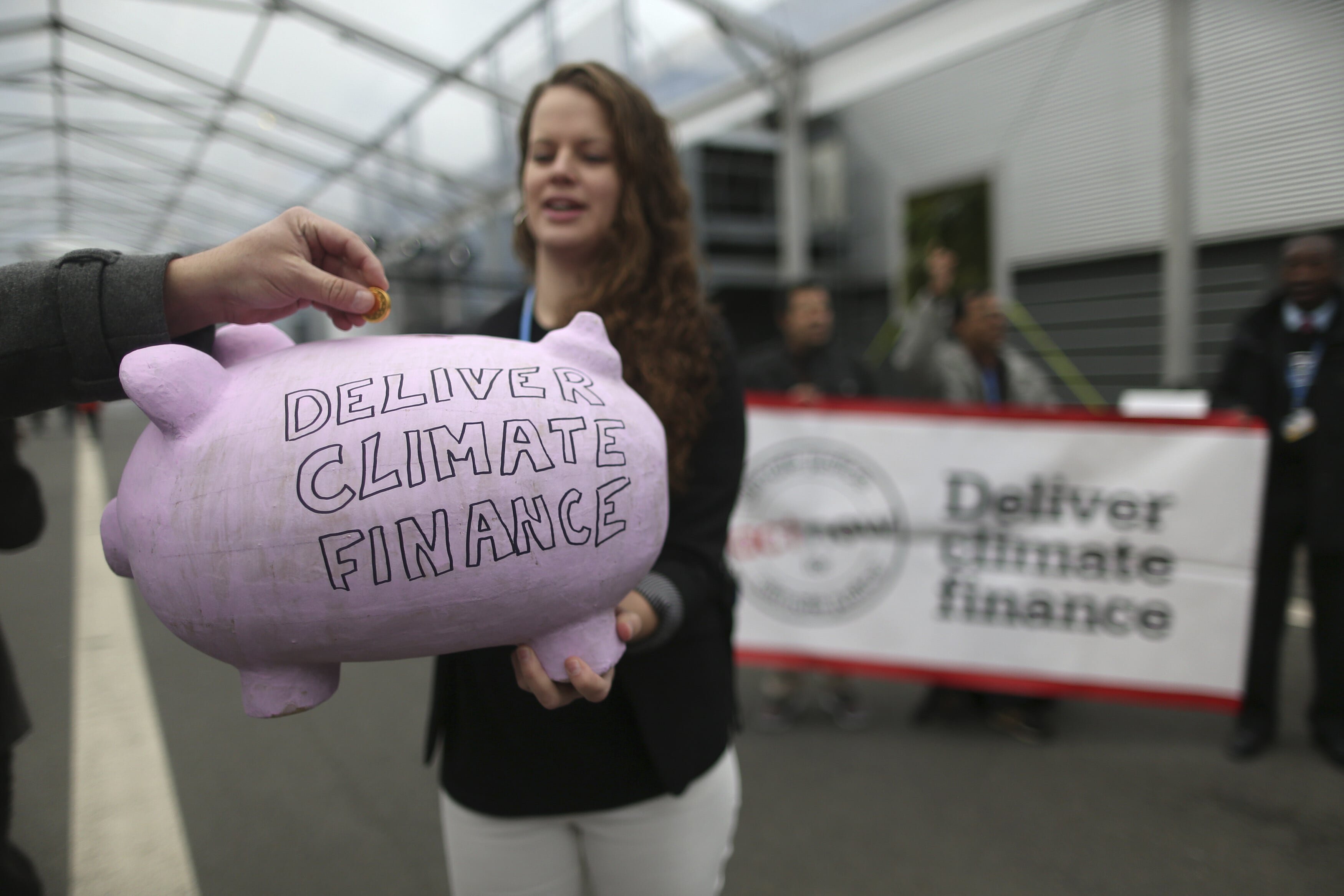Humanity on 'spiral of self-destruction' as disasters rise, UN warns

In the past two decades, between 350 and 500 medium-sized to major disasters were recorded annually.
Image: REUTERS/Aly Song
Stay up to date:
Climate Crisis
- The world is set to face 1.5 disasters a day by 2030, the UN warns in a new report.
- And developing nations and their poorest people are suffering disproportionately.
- Countries must stop "managing each crisis as a separate surprise" and instead build systems that can cope with climate threats, says the Red Cross.
The world is set to face 1.5 disasters a day - 560 a year - by 2030, as humans put themselves on a "spiral of self-destruction" by heating up the climate and ignoring risk, pushing millions more people into poverty, the United Nations warned in April.
In the past two decades, between 350 and 500 medium-sized to major disasters were recorded annually, but governments are "fundamentally" underestimating their true impact on lives and livelihoods, according to a biennial U.N. report on disasters.
"Raising the alarm by speaking the truth is not only necessary but crucial," said Mami Mizutori, head of the United Nations Office for Disaster Risk Reduction (UNDRR), which published the Global Assessment Report 2022.
"The science is clear. It is less costly to take action before a disaster devastates than to wait until destruction is done and respond after it has happened," she told the Thomson Reuters Foundation.
The U.N.-backed Intergovernmental Panel on Climate Change warned this year that climate change impacts, from heat to drought and flooding, are set to become more frequent and intense, damaging nature, people and the places they live.
But measures to slash planet-heating emissions and adapt to global warming are both lagging, the panel said.
The new UNDRR report said increasingly frequent and intense disasters have killed or affected more people in the last five years than in the previous five-year period, and could push an additional 100 million people into poverty by 2030.
The report covers different types of disasters caused by natural hazards - from floods, droughts and storms to earthquakes and epidemics.
"The world needs to do more to incorporate disaster risk in how we live, build and invest, which is setting humanity on a spiral of self-destruction," said Deputy U.N. Secretary-General Amina J. Mohammed in a statement.
What’s the World Economic Forum doing about climate change?
Unequal impacts
Disasters have cost an average of about $170 billion each year in the last decade, the report said, with developing nations and their poorest people suffering disproportionately.
Those countries already lose an average of 1% of their gross domestic product a year to disasters - ten times more than high-income countries, the report noted.
Asia-Pacific nations are worst hit, with a 1.6% annual GDP dent, said the report, published ahead of a global disaster forum on the Indonesian island of Bali next month.
In the Philippines, for example, millions of people are still recovering from Typhoon Rai, which struck in December, killing over 300 people and leaving hundreds of thousands more displaced, along with about $500 million in damages.
To help the most vulnerable groups, politicians and decision-makers must commit to more ambitious climate policies and accelerate the shift to green energy, said Mary Joy Gonzales, a project manager at aid agency CARE Philippines.
"The most at-risk (people) to extreme climate events and natural hazards are those living in urban poor communities, marginalised rural areas and isolated locations," she added.
Maarten van Aalst, director of the Red Cross Red Crescent Climate Centre, said countries must stop "managing each crisis as a separate surprise", and instead invest in building systems that can help people cope with climate threats.
"Sadly, those who are worst affected have the least resources to address the increasing hazards," he said. "To really reduce risk, we must also reduce inequalities."
With many developing countries still grappling with the economic impacts from the pandemic, on top of rising debts and inflation, UNDRR's Mizutori called for more global help.
"These countries are in need of much greater international support so that they can prioritise prevention from multiple disaster risks and build their resilience," she said.
Accept our marketing cookies to access this content.
These cookies are currently disabled in your browser.
Don't miss any update on this topic
Create a free account and access your personalized content collection with our latest publications and analyses.
License and Republishing
World Economic Forum articles may be republished in accordance with the Creative Commons Attribution-NonCommercial-NoDerivatives 4.0 International Public License, and in accordance with our Terms of Use.
The views expressed in this article are those of the author alone and not the World Economic Forum.
Related topics:
Forum Stories newsletter
Bringing you weekly curated insights and analysis on the global issues that matter.
More on Climate ActionSee all
Tom Crowfoot
July 30, 2025
Tom Crowfoot
July 30, 2025
Wee Kean Fong and Yvonne Zhou
July 29, 2025
Pranidhi Sawhney and Adam Skali
July 29, 2025
David Carlin and Sourajit Aiyer
July 28, 2025
Nasim Pour, Sebastien Cross and Joel Gould
July 28, 2025





